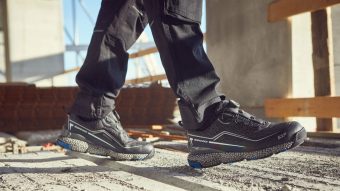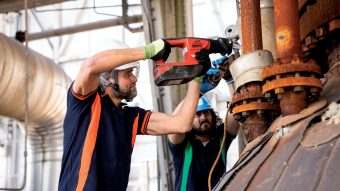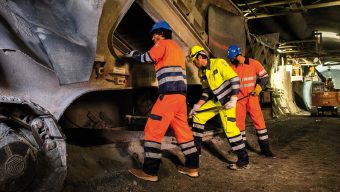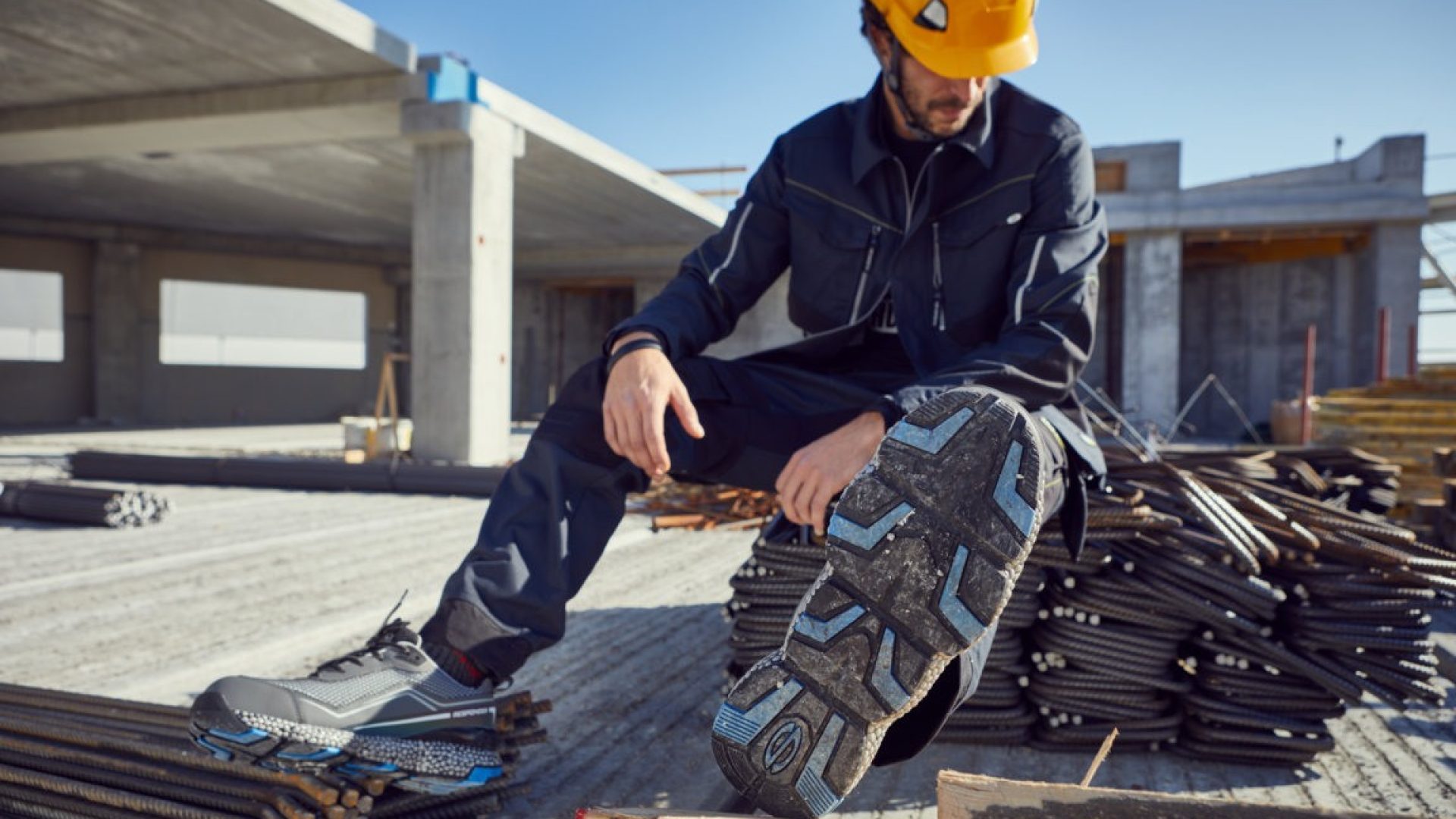
January 5, 2024
Workwear guide
At the workplace, clothing is a key protective equipment to ensure the safety and protection of workers. Each sector requires specific equipment and clothing in line with the requirements of the task at hand. Choosing the right workwear ensures safety, efficiency and comfort. In this guide, you will explore key hints and tips for selecting the right protective clothing to suit the needs of ten different sectors of activity.
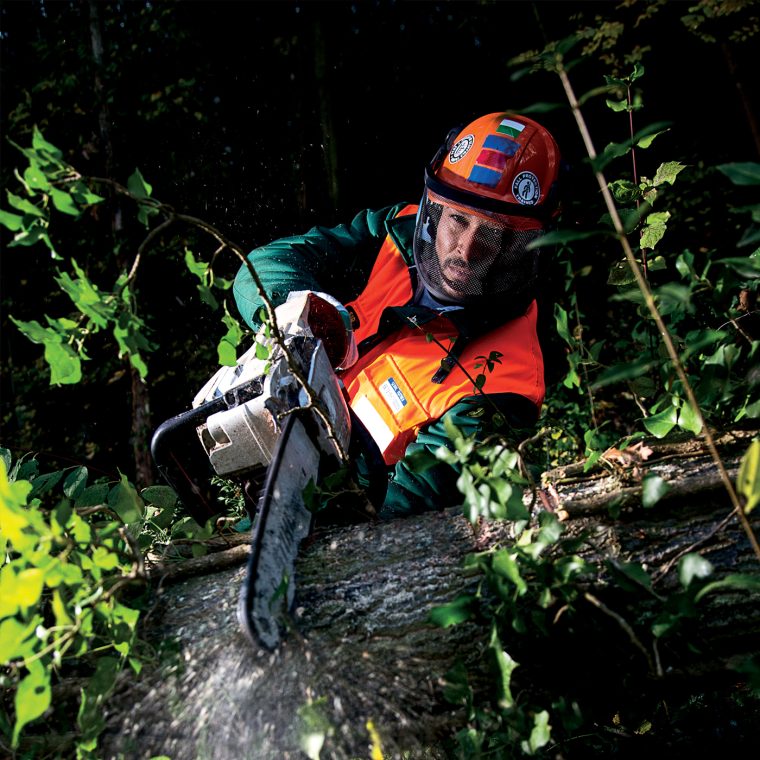
Agriculture, Gardening and Forestry:
Workwear for these activities should offer protection from weather, insect bites and chemicals. Clothing with durable and breathable fabrics, such as waterproof jackets and slip-resistant boots, are essential to provide the necessary protection during outdoor activities.
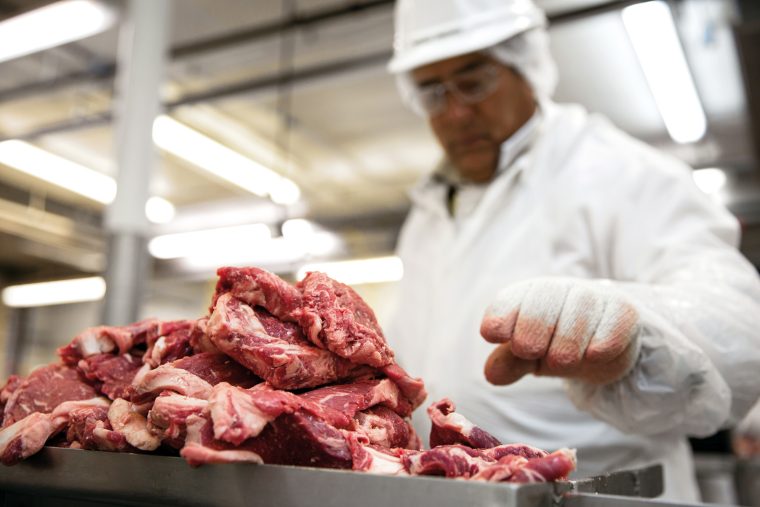
Food, Hygiene and Hospital Sector:
In settings where hygiene is a priority, clothing such as work coats and disposable gloves are essential to prevent contamination. In addition, non-slip footwear and protective headgear are necessary to ensure a safe and hygienic work environment.
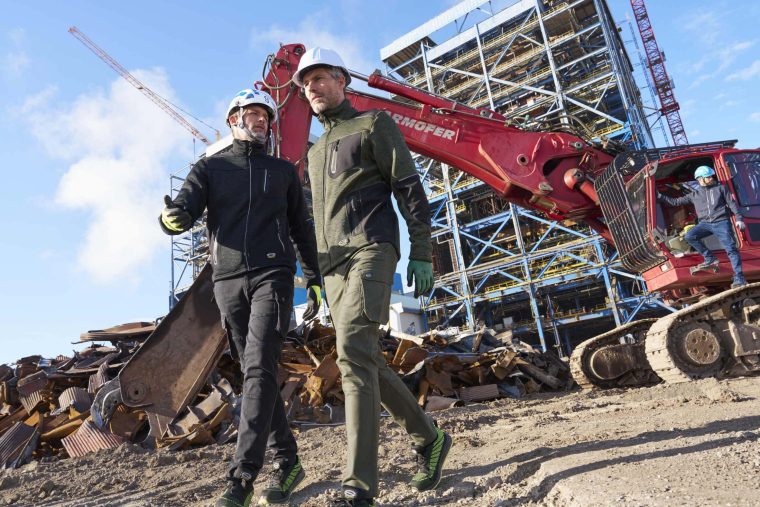
Construction and Road Works:
To ensure safety on a construction site or in a road area, it is essential to wear protective helmets, reinforced boots and high-visibility clothing. Clothing should be durable, offer protection from weather conditions and increase visibility in low-light conditions.
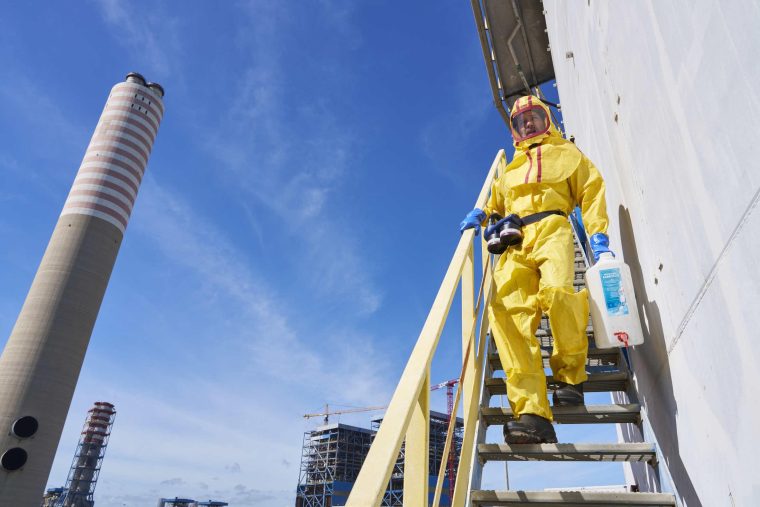
Chemical-Pharmaceutical Industry:
In a chemical-pharmaceutical setting, it is necessary to wear protective clothing that provides a barrier against aggressive chemicals. Protective overalls and masks, together with chemical-resistant gloves and shoes, are indispensable for the safety and protection of workers.

Light and Heavy Industry:
In these industries, workwear should be resistant to wear and abrasion. Durable clothing and footwear, with emphasis on ergonomics and freedom of movement, are essential to maintain workers' safety and comfort.
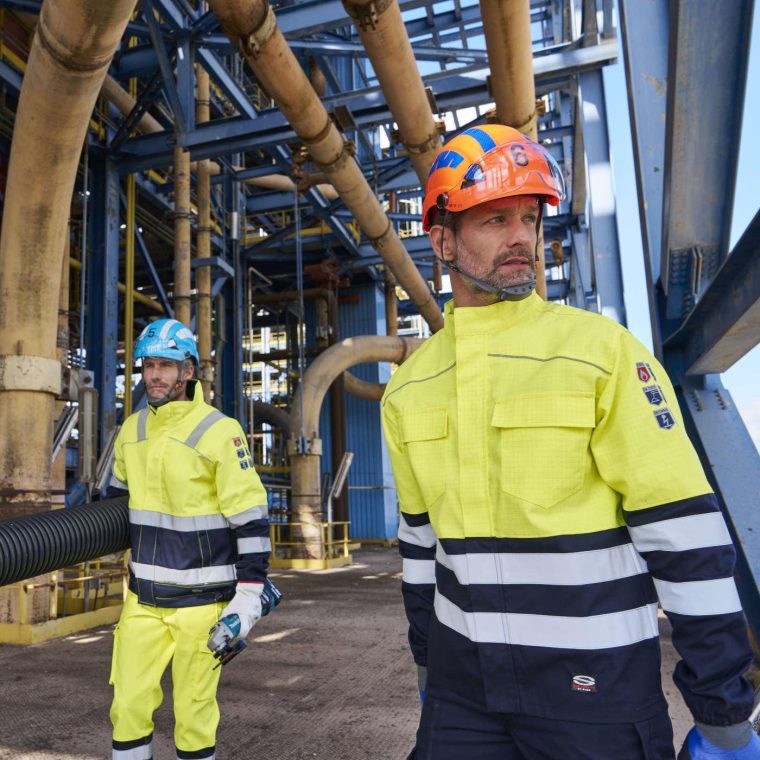
Petrochemical Industry:
Workers in the petrochemical industry must wear fireproof and antistatic clothing to protect themselves against explosions and fires. Non-slip boots and chemical-resistant gloves are also essential to prevent injury and damage from hazardous substances.
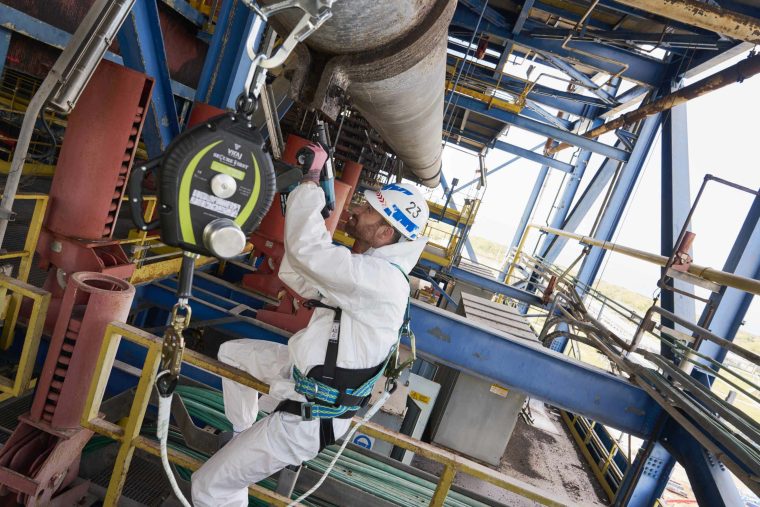
In activities that require working at high heights, such as installing power lines or maintaining buildings, protective clothing should include safety harnesses, helmets with visors and anti-abrasion clothing to protect against falls and impacts.
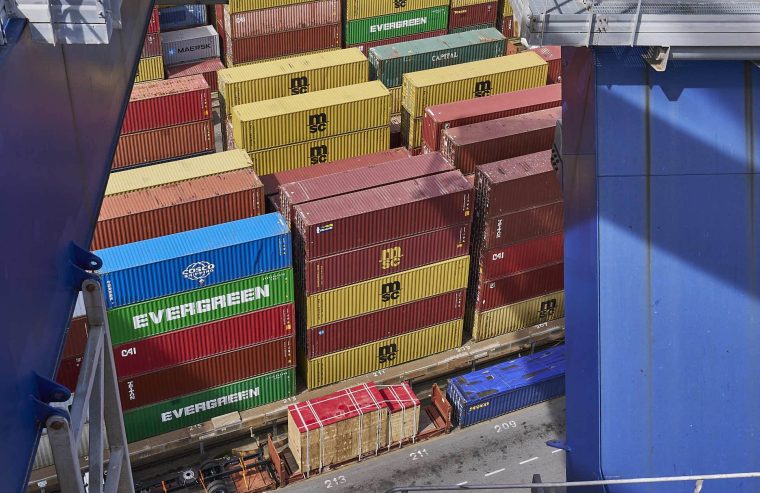
Logistics:
For workers in the logistics industry, workwear should provide comfort while handling goods and materials. Non-slip shoes, ergonomic belts and breathable clothing are essential to prevent injuries and improve efficiency during handling operations.
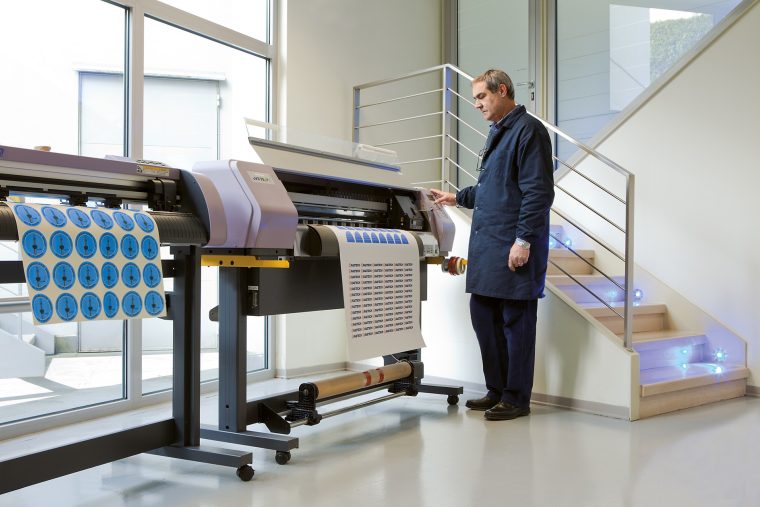
Tertiary sector and handicraft:
Workers in the tertiary sector and handicraft sector require resistant and comfortable clothing, e.g. multi-pocket trousers and jackets with integrated protectors. In addition, the clothing should allow optimal freedom of movement and offer protection against potential hazards in their working environment.
Choosing the right workwear is crucial to ensure the safety and well-being of workers in various industries. Taking resistance, protection and comfort into account is crucial in selecting the most suitable protective clothing for the specific needs of each work environment. By taking these recommendations into consideration, you will ensure a safe and secure working environment for all employees.


